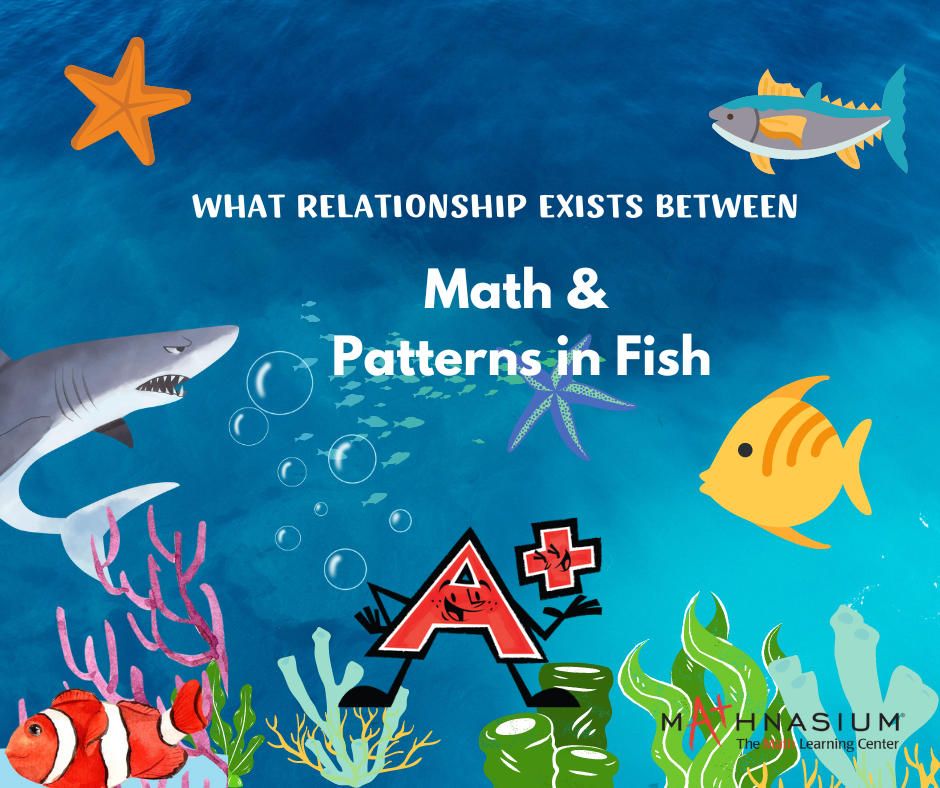When we think of mathematics, fish might not be the first thing that comes to mind. However, a closer look reveals an intriguing connection between math and the intricate patterns displayed by various fish species. From the mesmerizing stripes of a zebrafish to the ornate arrangements on a clownfish, mathematics plays a crucial role in unraveling the mysteries behind these beautiful aquatic patterns. In this blog post, we will delve into the fascinating world where mathematics and fish intersect, shedding light on the significance of math in understanding the patterns that grace the scales of these remarkable creatures.
Fibonacci and Spirals :
One of the fundamental mathematical principles found in nature is the Fibonacci sequence, which generates a spiral pattern seen in various aspects of the natural world, including the arrangement of seeds in a sunflower or the formation of hurricanes. Surprisingly, this sequence also appears in the patterns of fish scales. The scales on a fish's body often follow a spiral-like arrangement, where the number of scales in each row corresponds to a Fibonacci number. This mathematical relationship allows for efficient growth, flexibility, and optimal protection for the fish.
Fractals and Self-Similarity :
Fractals, complex geometric shapes that exhibit self-similarity at different scales, are another mathematical concept that finds expression in fish patterns. The branching patterns seen in the fins and tails of certain fish species, such as bettas and guppies, resemble fractals. These intricate structures enable efficient movement through the water by minimizing drag and turbulence. Additionally, fractal patterns aid in camouflage, as the irregular shapes disrupt the outline of the fish, making it harder for predators to spot them.
Turing Patterns and Pigmentation :
Alan Turing, the renowned mathematician, proposed a theory called "reaction diffusion" that explains the formation of patterns through the interaction of chemicals. This concept applies to the striking color patterns found on the bodies of many fish species. Through Turing patterns, mathematical models can simulate the pigmentation and distribution of colors on a fish's skin. The intricate interplay of activator and inhibitor chemicals, guided by diffusion and reaction processes, generates the diverse and visually captivating patterns we observe in fish, such as the bold stripes on a tigerfish or the intricate spots on a leopard pleco.
Mathematics reveals its universal presence even in the seemingly unrelated domain of fish patterns. From the spirals based on the Fibonacci sequence to the fractals that enhance fish movement, and the Turing patterns dictating their pigmentation, mathematical concepts help us unravel the secrets of nature's tapestry. Understanding the mathematical principles behind fish patterns enriches our knowledge and showcases the fascinating interplay between mathematics and the natural world.











